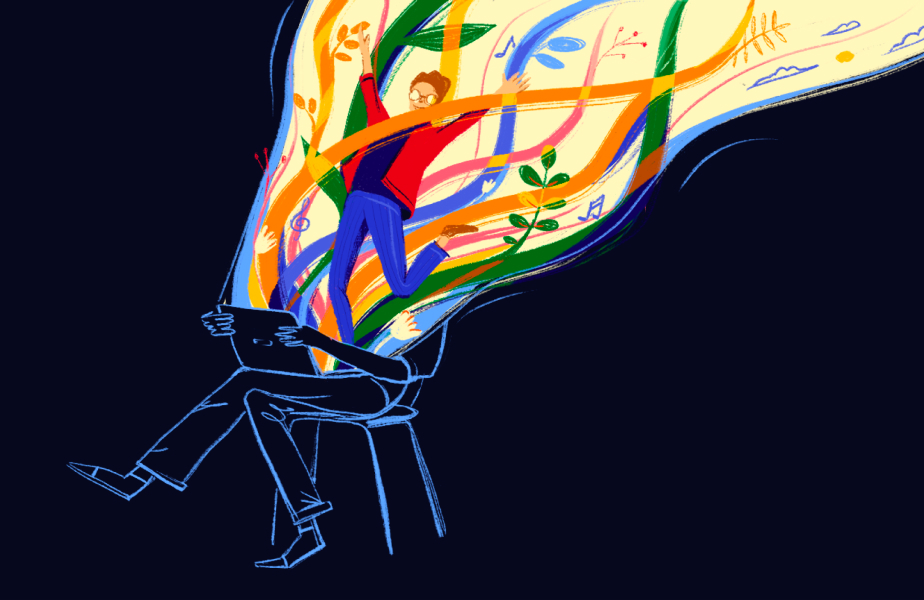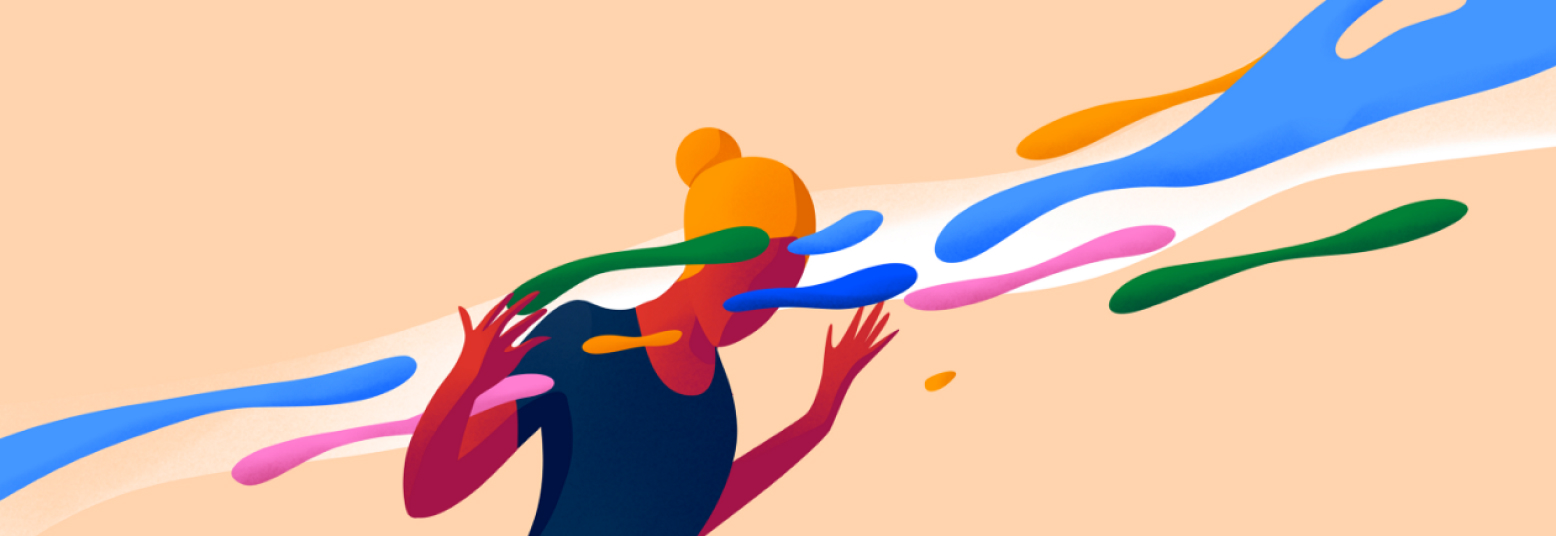
In the ever-evolving world of UX design, creating a functional and efficient interface is no longer enough. Today's users seek more than just usability—they crave experiences that resonate on an emotional level. This is where emotional design comes into play. Emotional design goes beyond aesthetics and usability, focusing on creating a deep connection between the user and the product. In this blog, we’ll explore the principles of emotional design and how it can transform user experiences into unforgettable journeys.

What is Emotional Design?
Emotional design is the practice of designing products that evoke positive emotions, creating a bond between the user and the product. It’s about making users feel good, valued, and understood. Donald Norman, a pioneer in this field, identifies three levels of emotional design: visceral, behavioral, and reflective.
-
Visceral Design: This level focuses on the immediate emotional response a user has when they first encounter a product. It’s all about aesthetics—colors, shapes, and overall look and feel. Visceral design aims to make a strong first impression, capturing attention and generating excitement.
-
Behavioral Design: This level is concerned with the usability and functionality of the product. It’s about creating seamless and enjoyable interactions that make users feel competent and in control. When a product works flawlessly and intuitively, it leads to positive behavioral responses.
-
Reflective Design: This level involves the personal meaning and value a user attaches to a product. Reflective design considers the long-term relationship between the user and the product, focusing on memories, narratives, and the product’s impact on the user’s self-image.

Emotional Resonance Through Design Elements
Emotional resonance refers to how well design elements align with and evoke users' emotions. By carefully selecting design components like colors, typography, imagery, and sounds, designers can enhance the emotional impact of the product.
Design elements should be chosen not only for their aesthetic appeal but also for their ability to connect with users on an emotional level. For instance, warm colors and soft, rounded shapes can create a sense of comfort and friendliness, while bold colors and sharp lines might evoke excitement and energy. Typography also plays a crucial role; a whimsical font can add playfulness, while a sleek, modern typeface can convey professionalism and innovation. By harmonizing these elements, designers can create a cohesive emotional experience that resonates with users, reinforcing the overall message and enhancing engagement.
The Power of Emotional Design
Emotional design is all about creating products that evoke specific emotions, thereby enhancing user satisfaction and loyalty. It moves beyond the basic usability and aesthetic appeal to focus on the emotional responses of users. By understanding and leveraging emotions, designers can build connections that go beyond the superficial, fostering a deeper relationship between the user and the product.


Conclusion
Emotional design is the key to crafting user experiences that stir the heart. By focusing on visceral, behavioral, and reflective aspects of design, you can create products that not only meet users' needs but also resonate with them on an emotional level. In a world where users seek meaningful connections, emotional design can transform ordinary interactions into extraordinary experiences, fostering loyalty and engagement. Embrace the power of emotional design, and let your products speak to the hearts of your users.
Read more

Ishu Sangani
Next-generation UX design leverages advancements in artificial intelligence, voice recognition, and natural language processing to break down barriers between users and technology.

Nikunj Chauhan
A UX design audit is a comprehensive evaluation of a digital product's user experience, aimed at identifying areas of improvement and enhancing overall usability. This process involves a thorough analysis of the product’s design elements, user interactions, and feedback to uncover potential pain points and opportunities for optimization.

Vijay Parmar
In the realm of user experience (UX) design, there's a powerful concept that often gets overlooked: emotional design. Emotional design goes beyond aesthetics and usability, aiming to create products that evoke emotional responses and forge deep connections with users.



